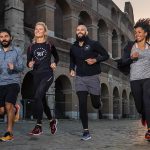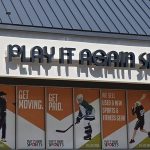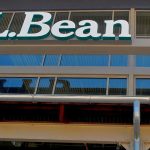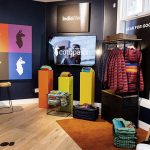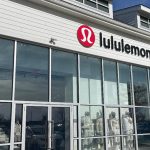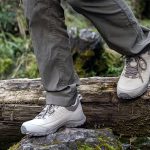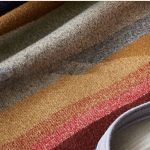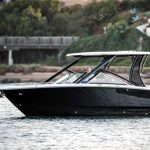Timberland posted a slightly wider second quarter loss, hurt by weakness in its casual footwear and apparel business and a stronger U.S. dollar. But Jeffrey Swartz, president and CEO, said some strengthening in fall orders shows that a rebuilding process initiated two years ago “is beginning to pay off.”
In particular, he noted that Timberland is “getting both positive feedback and hard orders for key brand-building stories,” most importantly Earthkeepers, Mountain Athletics, and Classics.
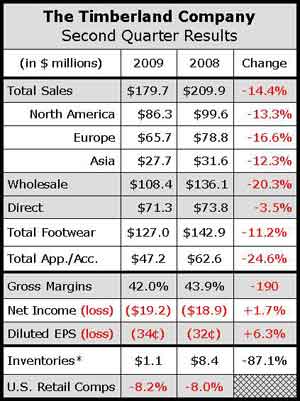
“From our perspective, the global consumer crisis is unabated in the moment, but we believe that, despite the pain generated by this crisis, well-led brands and businesses can emerge from this crucible stronger and more able,” said Swartz during a conference call with analysts.
Sales in the quarter decreased 14.4% to $179.7 million as strong boot gains in both Europe and Asia were offset by declines in Timberland brand apparel, men's casual footwear and boots in North America. Foreign exchange rate changes decreased global revenues by approximately $11 million, or 5%, due to the strengthening of the dollar relative to the pound and euro.
Global footwear revenues were down 11.2%, driven by declines in casual and the men's North American boots businesses. The casual decline was driven by softness across all wholesale markets. In both Europe and Asia, Timberland's boot business is strengthening, reflecting a renewed focus on classic product and select marketing efforts. Worldwide apparel and accessory revenue declined 24.6%, reflecting continued softness in Europe and Asia and the shift to a licensing model in North America through business in a partnership with PVH.
By channel, global wholesale revenues declined 20.3% to $108.4 million while global retail sales dipped 4% to $71 million, primarily driven by unfavorable foreign exchange impacts. Owned-retail comps were down 3% on a global basis as declines in North America and Asia offset gains in Europe.
North America sales fell 13.3% to $86.3 million due to declines in boots and its casual business reflecting “conservative” inventory management by many of TBLs wholesale accounts offset strong growth in performance footwear. North American retail revenues were down 1%. An 8% comp decrease partially offset two additional stores in 2009 and strong e-commerce growth.
Europe revenue decreased 16.6% to $65.7 million but was down only 2.5% on a constant dollar basis. European results reflect declines in the apparel, outdoor performance and casual footwear businesses, partially offset by strong sales of mens and womens boots. Asia revenue decreased 12.3% to $27.7 million, and decreased 13.3% on a constant dollar basis, driven by declines in casual footwear and apparel, partially offset by strengthening of the mens and womens boots businesses.
Gross margin eroded 190 basis points to 42.0%, driven primarily by higher product costs, strengthening of the U.S. dollar relative to the pound and euro, lower margins on off-price business and higher provisions for inventory. These factors were partially offset by favorable changes in product and channel mix. Operating expenses fell 8% to $112 million due to foreign currency movements and a decrease in selling expense and lower volume.
Swartz highlighted the success of Earthkeepers, its ultra-green shoes that are made using tires from landfills and first launched in Fall 2006.
Earthkeepers has gained traction in every region, growing from four SKUs in Fall 2007 to a franchise projected to generate nearly $65 million in sales by the end of 2009. Representing three of the top 10 selling SKUS of Timberland's specialty retail, Earthkeepers has shown particular strength in Europe and Asia.
Swartz also said he believes the economic crisis has caused many consumers to rethink consumption and focus on brands offering durable functionally, aesthetically and practically, labeling the shift “Eco-Frugal.” He believes this is helping classic styles like its iconic yellow boot and rugged handsewn boat shoes to be “experiencing something of a renaissance.” Classic boots at retail globally realized higher average selling prices and better margins on reduced inventory levels in the first half. Retail pricing on its staple 10061 boot model also has firmed up in the U.S.
Swartz said the company is “seeing order book signals of strength” across the Timberland brand. He noted for example, how Macy's has increased the number of doors for Earthkeepers. Mountain Athletic, a youth-oriented trail running and boot line, is just being introduced in 400 Dick's Sporting Goods locations, and Finish Line is also supporting the U.S. launch.
In its Classics category, collaborations with some Japanese designers to create a small number of unique designs on its core silhouettes are helping “to create brand heat and brand height among young consumers to make Classics relevant.” Customization programs for consumers on its stores and website for the Classics lines is also helping generate buzz.
“We are in a position to fulfill demand if we can create it. Third-quarter sell-through would mean fourth-quarter fill-ins,” said Swartz. “That's our plan for the second half of this year and I reiterate that the data I've seen is encouraging to me.”
Timberland ended the quarter with $184 million in cash and no debt. Inventory in the second quarter decreased 8% to $180 million.

